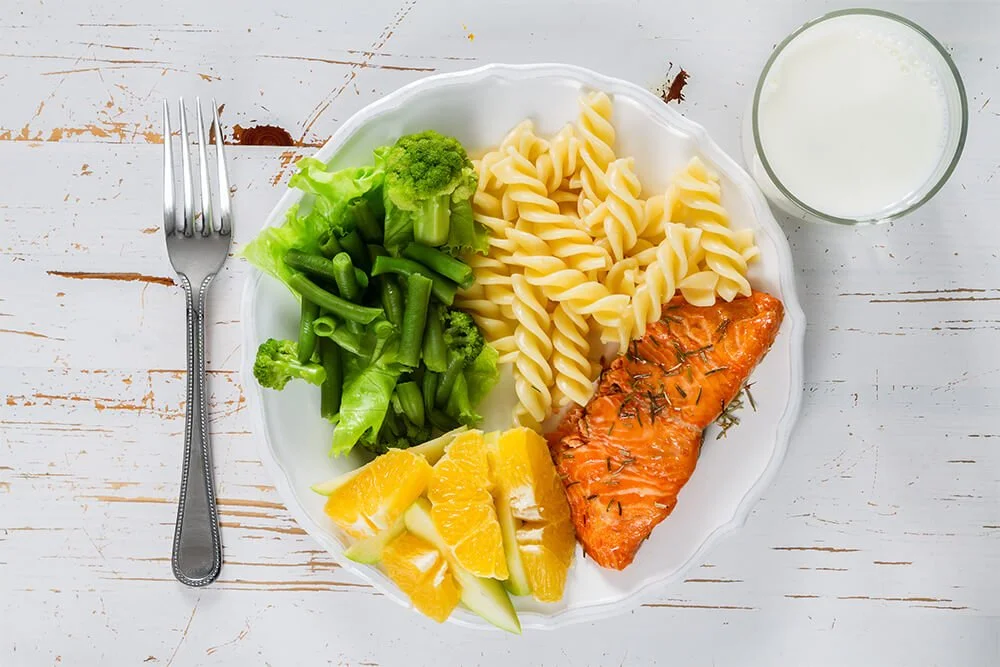Building Your Anti-Inflammatory Plate
Welcome back to my Anti-Inflammatory Nutrition Series! In this installment, we delve into the practical aspects of building an anti-inflammatory plate. Let's explore how you can create balanced meals that not only taste delicious but also support inflammation reduction and overall health.
Understanding Anti-Inflammatory Foods
The foundation of an anti-inflammatory plate lies in the selection of wholesome, nutrient-rich foods. Here are some key components to include:
Colorful Fruits and Vegetables: Aim to fill half your plate with a variety of colorful fruits and vegetables. These vibrant foods are packed with antioxidants and phytonutrients that combat inflammation and promote cellular health.
Lean Proteins: Incorporate lean sources of protein such as poultry, fish, tofu, beans, and legumes. These protein sources provide essential amino acids for muscle repair and support a healthy immune system.
Healthy Fats: Include sources of healthy fats such as avocado, nuts, seeds, and olive oil. These fats contain omega-3 fatty acids and monounsaturated fats, which have anti-inflammatory properties and support heart health.
Whole Grains: Choose whole grains like quinoa, brown rice, oats, and barley over refined grains. Whole grains are rich in fiber and nutrients, promoting satiety and stable blood sugar levels.
Practical Tips for Building Your Plate
Now that we understand the components of an anti-inflammatory plate, let's discuss how to put it all together!
Portion Sizes: Pay attention to portion sizes to ensure a balanced meal. Aim to fill half your plate with fruits and vegetables, one-quarter with lean protein, and one-quarter with whole grains or healthy fats.
Meal Timing: Spread your meals evenly throughout the day to maintain steady energy levels and prevent spikes in blood sugar. Aim for three balanced meals and one or two nutritious snacks as needed. I typically recommend having your meals 4-5 hours apart.
Mindful Eating: Practice mindful eating by tuning into your body's hunger and fullness cues. Eat slowly, savoring each bite, and pay attention to how different foods make you feel!
By incorporating these practical tips into your daily routine, you can create meals that not only taste delicious but also support your body's natural defense against inflammation. Remember to prioritize colorful fruits and vegetables, lean proteins, healthy fats, and whole grains to nourish your body from the inside out.
Stay tuned for the next installment of my series, where we'll explore more strategies for embracing an anti-inflammatory lifestyle. Until then, cheers to building your anti-inflammatory plate!


